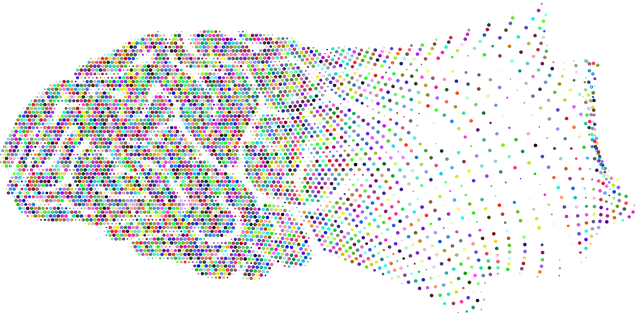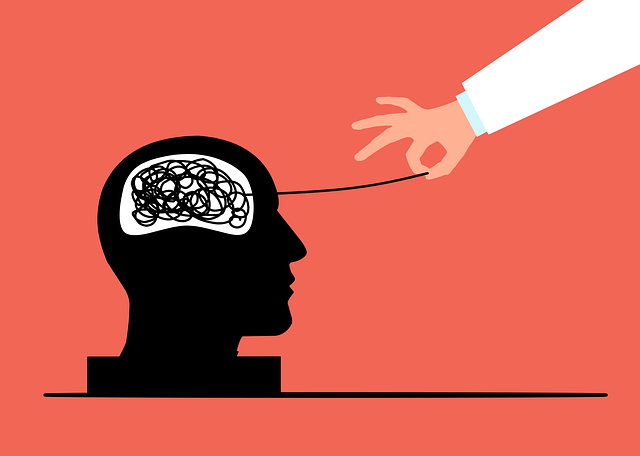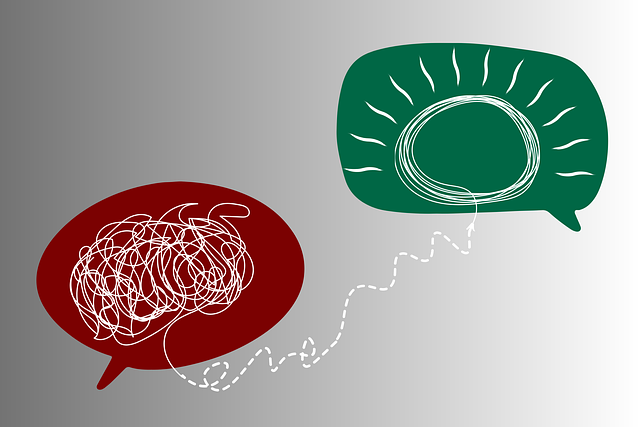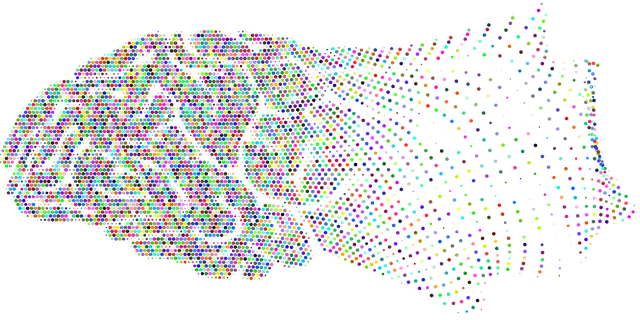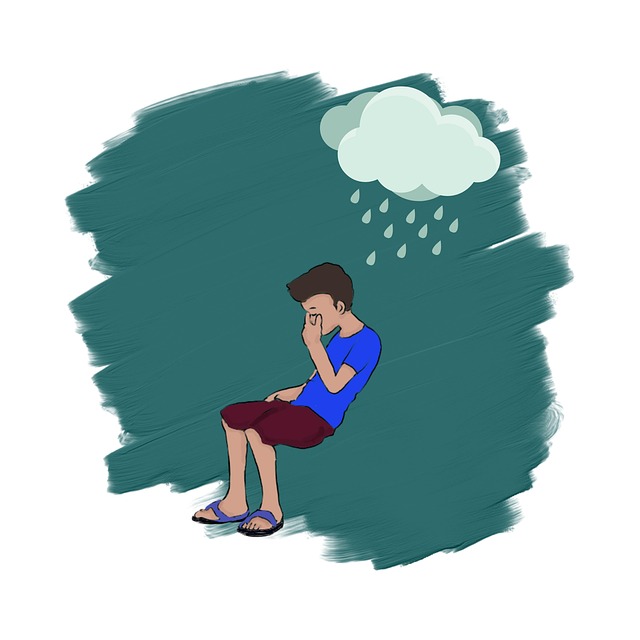Crisis Intervention Teams (CITs) are specialized groups that swiftly respond to psychological crises, focusing on stabilization and safety. Incorporating Superior Somatic Experiencing (SE) therapy offers a significant advantage in high-pressure environments, equipping mental health professionals with self-regulation skills to manage stress during intense situations. SSET, a powerful tool within CIT training, facilitates trauma processing through sensory-based activities, empowering individuals and preventing practitioner burnout. Effective crisis intervention training requires understanding healthcare providers' challenges, incorporating tools like SSET and compassion cultivation practices, fostering empathy, and improving team dynamics. Implementing CIT skills with structured training, practice, and evaluation benefits care quality during traumatic events.
Crisis intervention team (CIT) training programs are vital in equipping professionals to handle high-stress situations. This article explores the critical role of CITs, with a focus on the significance of Somatic Experiencing—a powerful therapy for trauma response. We delve into superior SE therapy techniques and their benefits, offering practical insights for effective training. From real-world scenario simulations to implementation and evaluation, discover how comprehensive programs enhance CIT skills, ensuring communities receive prompt, compassionate care during crises.
- Understanding Crisis Intervention Teams: Their Role and Impact
- The Importance of Somatic Experiencing in Emergency Training
- Superior Somatic Experiencing Therapy: Techniques and Benefits
- Designing Effective Training Programs for Real-World Scenarios
- Implementing and Evaluating Crisis Intervention Team Skills
Understanding Crisis Intervention Teams: Their Role and Impact

Crisis Intervention Teams (CITs) play a vital role in addressing and de-escalating acute psychological crises. These specialized teams, typically composed of mental health professionals, first responders, and other trained personnel, are designed to provide immediate support to individuals experiencing severe emotional distress or suicidal ideation. The primary goal is to stabilize the person, ensure their safety, and facilitate a smooth transition to long-term treatment.
CITs employ various evidence-based techniques, including superior somatic experiencing therapy, mood management strategies, and mindfulness meditation, to help individuals process and regulate intense emotions. By fostering emotional intelligence, these interventions empower individuals to navigate challenging situations more effectively. The impact of CITs is profound, reducing the risk of suicide, minimizing the need for involuntary commitment, and promoting healthier coping mechanisms in the community.
The Importance of Somatic Experiencing in Emergency Training

In the high-pressure environment of emergency training, incorporating Somatic Experiencing (SE) into crisis intervention team programs offers a unique and powerful advantage. SE, a therapeutic approach that focuses on the connection between the mind and body, is crucial for helping professionals manage their own stress and emotional responses during intense situations. By integrating this superior somatic experiencing therapy into training curricula, organizations like Stress Management Workshops can equip mental health professionals with invaluable self-regulation skills.
This method facilitates a deeper understanding of the impact of trauma on the body, allowing practitioners to respond effectively to both clients and themselves during crises. With proper SE training, these teams can enhance their crisis intervention guidance, ensuring they remain composed and present in high-stress scenarios. Effective risk management planning for mental health professionals involves embracing techniques that promote resilience, and SE is a game-changer in this aspect of emergency preparedness.
Superior Somatic Experiencing Therapy: Techniques and Benefits

Superior Somatic Experiencing Therapy (SSET) is a powerful tool within crisis intervention team training programs. This approach focuses on helping individuals process and release deep-seated trauma by facilitating the body’s natural healing mechanisms. SSET techniques, such as guided imagery, sensorimotor exercises, and breathing practices, encourage clients to reconnect with their bodily sensations, allowing them to gain profound insights into their emotional states and past experiences. By engaging in these sensory-based activities, participants can access and resolve repressed memories and emotions, fostering a deeper sense of inner strength and resilience.
One of the key benefits of SSET is its ability to address burnout prevention among crisis intervention team members. The demanding nature of this work can take a significant toll on mental health professionals, leading to compassion fatigue. However, SSET provides practitioners with effective coping strategies to manage their own emotional responses and prevent professional exhaustion. Additionally, by promoting cultural sensitivity in mental healthcare practice, SSET helps team members develop a deeper understanding of the interconnection between physical and psychological well-being across diverse cultural backgrounds. This holistic approach not only benefits individuals experiencing crises but also empowers crisis intervention teams to provide more effective support while cultivating their own inner strength development.
Designing Effective Training Programs for Real-World Scenarios

Designing effective training programs for crisis intervention requires a deep understanding of real-world scenarios and the unique challenges healthcare providers face. Incorporating practices like Superior Somatic Experiencing Therapy (SSET) offers a powerful tool to enhance emotional regulation and resilience, vital components in preventing burnout among professionals. By integrating SSET into training, participants gain practical skills to navigate high-stress situations with greater composure and clarity.
Moreover, addressing burnout prevention strategies for healthcare providers is essential alongside trauma support services. Training programs that include compassion cultivation practices foster a culture of empathy and understanding, equipping team members with the emotional resources needed to respond effectively in crisis settings. These comprehensive approaches not only improve individual well-being but also enhance team dynamics, ultimately benefiting the overall quality of care provided during traumatic events.
Implementing and Evaluating Crisis Intervention Team Skills

Implementing crisis intervention team (CIT) skills requires a structured approach that combines rigorous training with ongoing practice and evaluation. Effective programs like Superior Somatic Experiencing Therapy (SSET) emphasize hands-on learning, fostering empathy and de-escalation techniques through role-playing scenarios. This immersive training ensures healthcare providers are equipped to handle diverse crises with cultural sensitivity and compassion.
Evaluation is a crucial component of CIT training, allowing for continuous improvement. Incorporating both qualitative and quantitative methods, such as post-training assessments and peer feedback, provides valuable insights into the program’s effectiveness. Well-designed mental health education programs that integrate Compassion Cultivation Practices have shown improved provider outcomes, reflecting enhanced cultural competency in healthcare delivery.
Crisis intervention team (CIT) training programs are essential in equipping professionals with the skills to handle high-stress situations effectively. By integrating superior somatic experiencing therapy techniques, these programs can enhance emotional regulation and trauma response capabilities. Real-world scenario training ensures CIT members are prepared for diverse crises. Successful implementation and evaluation of CIT skills lead to improved team performance and positive outcomes for those in need, making such programs a game-changer in crisis management.


